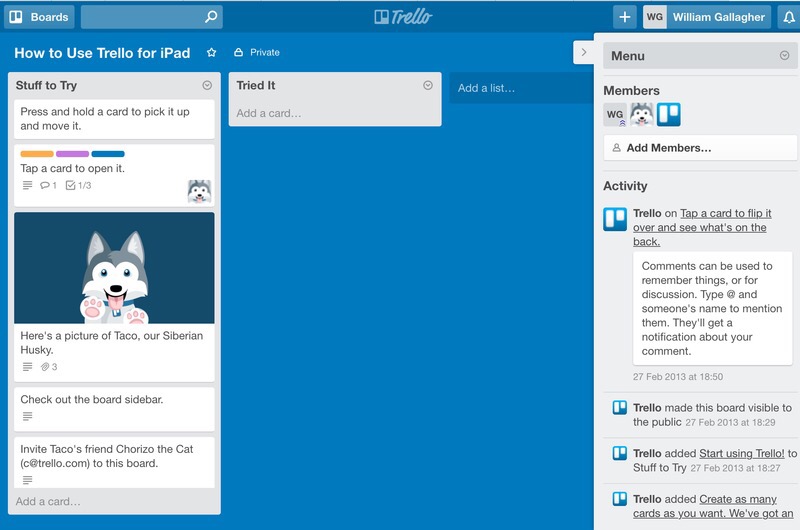Here’s a thing. The initial story here is that there’s this New York Saatchi & Saatchi director named Matilda Kahl who wrote in Harper’s Bazaar about why she has worn the same outfit to the office every day for three years. It’s an interesting piece and that’s what I want to point you at, but the journey to my even hearing of this has been depressingly revealing.
I don’t know the initial lead, it was something about outfits and productivity – the way that putting your clothes out the night before is a boon to your morning – but I read about Kahl on The Stylist website. Headlines aren’t necessarily written by the article writer but compare the difference between Kahl’s original and The Stylist’s take on it.
Woman wears same outfit every day to combat stress and boost productivity
Why I Wear the Exact Same Thing to Work Every Day
Even without the first-person part, you know which is which because the Stylist one leads with the word ‘Woman’. This is news because Kahl is a woman. Not because she’s a Creative/Art Director but because she’s a she. Business Insider took the same route and the Daily Mail website is just a barrage of beauty products around a slim central column text that says “every day for THREE years” and gets in a plug for a particular clothing firm. The Mail also claims to have interviewed Kahl but – what are the odds? – she appears to have ‘told’ them exactly the same words she wrote in her own piece.
But then Harper’s Bazaar, the site of her original post, interrupts your reading with a full-screen advert for an email newsletter headed “12 Shoes Every Woman Should Own”.
I’m mithered over this because of the Mail’s claiming an interview, I’m mithered because of the eye-hurting page that Mail feature is on, I’m definitely mithered because the fact that Kahl is a woman is both why this is getting any coverage – and ultimately it’s why I’m covering it too. I don’t like that but I do like that Kahl did this. I like it in part because I’ve been in meetings where I’ve felt incorrectly dressed so while I’ve not recognised the same pressures a professional New York creative has, I still recognised some of this:
About three years ago, I had one of those typical Monday mornings that many women have experienced. With a fairly important meeting on the horizon, I started to try on different outfits, lacking any real direction or plan. As an art director at one of the leading creative advertising agencies in New York, I’m given complete freedom over what I wear to the office, but that still left me questioning each piece that I added or subtracted from my outfit. “Is this too formal? Is that too out there? Is this dress too short?” I finally chose something I regretted as soon as I hit the subway platform.
As I arrived at work, my stress level only increased as I saw my male creative partner and other male co-workers having a “brodown” with the new boss as they entered the meeting room—a room I was supposed to already be inside. I just stood there—paralyzed by the fact that I was not only late, but unprepared. And my sweater was inside out. I had completely stressed myself out, and for what? This was not the first morning I’d felt this unnecessary panic, but that day I decided it would be the last.
The frustration I felt walking into that meeting late remained with me. Should it really be this hard? I knew my male colleagues were taken seriously no matter what they wore—and I highly doubted they put in as much sartorial time and effort as I had. But gender issues aside, I needed to come up with a solution to simplify this morning struggle.
Why I Wear the Exact Same Thing to Work Every Day – Matilda Kahl, Harper’s Bazaar (3 April 2015)
It’s not really the exact same thing – what is she, a man? – but it’s 15 of the same blouse and so on. Read the full piece if nothing else because you want to see what her outfit looks like. Just don’t read the comments, okay? There’s plenty in support of her but plenty that are not.
